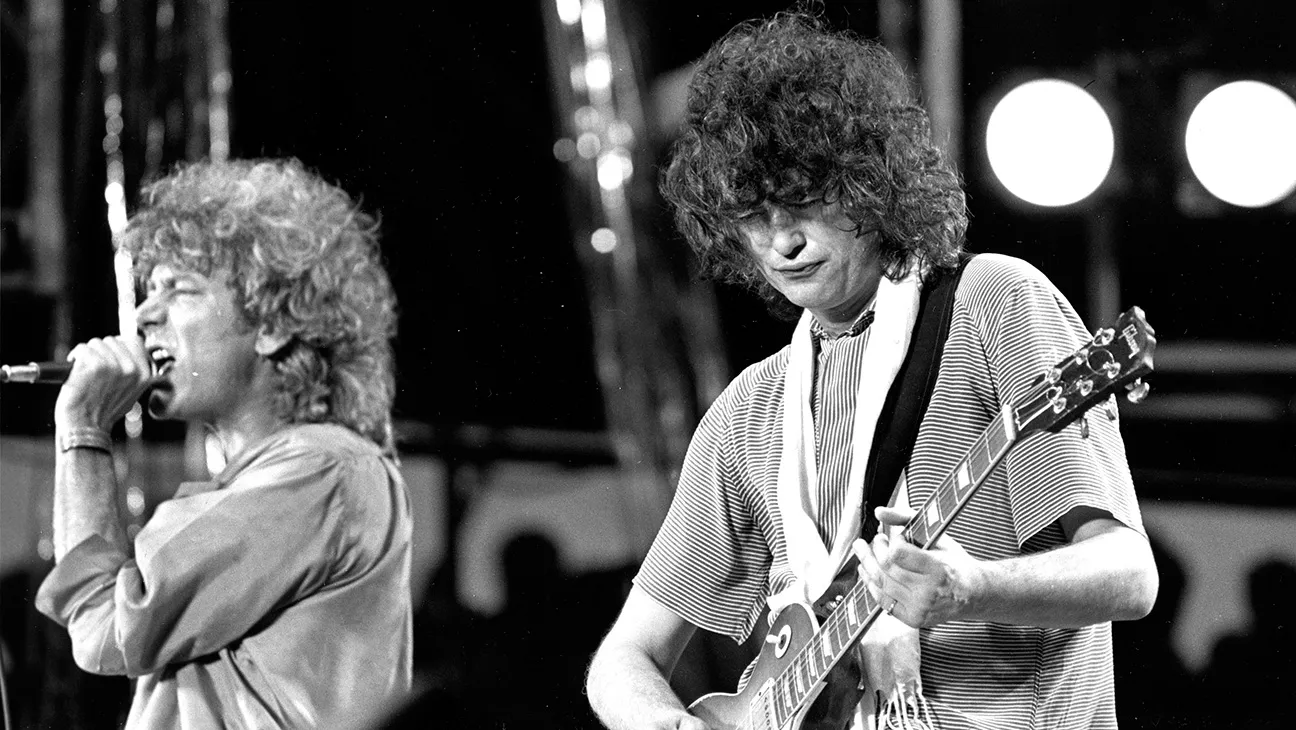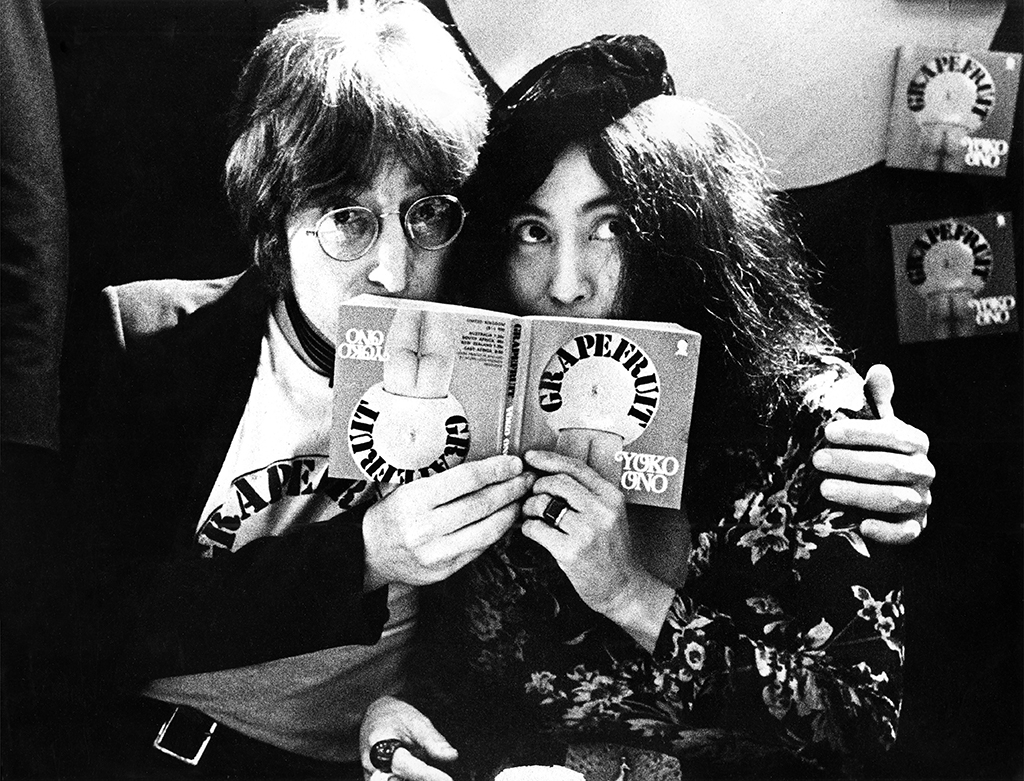Dance music, a pulsating force that has captivated the world, is much more than a genre, it’s a cultural phenomenon, a vibrant tapestry woven with beats, rhythms, and melodies that echo across generations. From the glittering disco era headlined by the Bee Gees to the electrifying sounds of contemporary artists like Major Lazer, dance music has undergone a remarkable evolution, continuously reinventing itself to resonate with each new generation. This journey into the world of electro music offers a glimpse into its rich history, innovative trends, and far-reaching impact.

The Evolution of Dance Music Tracks: A Journey Through Time
The evolution of dance music is a mesmerizing journey through time, marked by significant shifts in style, technology, and culture. In the 1970s, disco reigned supreme, with the Bee Gees dominating the airwaves and nightclubs. Their iconic hits, like “Stayin’ Alive,” captured the essence of the era, characterized by infectious rhythms and the exuberance of dance. This was a time when music wasn’t just heard, it was felt, reverberating through the crowded dance floors of clubs and parties. For those interested in a scholarly exploration of this topic, the best dissertation writing services can provide in-depth assistance, offering expertise in crafting comprehensive dissertations that delve into the history, cultural impact, and technological advancements in the world of dance music.
As the decades rolled on, the 1980s and 1990s saw the emergence of new genres and artists who would leave an indelible mark on dance music. Artists like Taylor Dayne infused pop elements with powerful vocal performances, creating a blend that appealed to a broader audience. This era also witnessed the rise of house music, a genre that would later become a cornerstone of modern dance music.
With the turn of the millennium, dance music continued to evolve, embracing new technologies and sounds. The 2000s were a time of experimentation and fusion, as genres like electro, trance, and techno gained popularity. This period saw dance music becoming more accessible and mainstream, with artists like David Guetta and Calvin Harris bringing it to the forefront of popular culture.
Royalty Free Music in the Dance Scene: Access for All
The rise of the internet and digital platforms like YouTube has revolutionized the dance music scene, especially with the advent of royalty-free music. This development has been a game-changer for aspiring DJs and producers, allowing them to create and share party mixes without the limitations of traditional music licensing. Royalty-free tracks offer a treasure trove of options for creators to experiment with, giving rise to new sounds and styles. The impact of royalty-free music extends beyond just availability. It has democratized music production, enabling anyone with a passion for dance music to participate in its creation. This has led to a surge in creativity, with new artists and DJs emerging from all corners of the globe. Personalized ads on platforms like YouTube have further amplified this effect, helping these new artists reach a wider audience. Moreover, the use of royalty-free music in advertising, film, and online content has broadened the reach of dance music. It has become a ubiquitous part of our cultural landscape, influencing not just music enthusiasts but also the general public. This accessibility has played a crucial role in the continued popularity and evolution of dance music.
The service provided by WritePaper is characterized by its commitment to excellence and student-centric approach. Specializing in a wide range of academic writing services, WritePaper ensures that every piece is thoughtfully composed, thoroughly researched, and aligned with the student’s academic objectives, making it a valuable tool for academic advancement.

House Music: The Beat that Conquered the World
House music, born in the underground clubs of Chicago and New York, is a genre that has transcended its roots to become a global phenomenon. Characterized by its 4/4 beat and synthesized basslines, house music emerged as a dominant force in the dance music world, influencing countless artists and genres. The beauty of house music lies in its simplicity and its ability to connect with listeners, making it a universal language of dance.
Artists like Frankie Knuckles and Larry Heard, often referred to as the godfathers of house, played a pivotal role in shaping the sound and spirit of this genre. Their tracks, characterized by a blend of electronic beats, soulful melodies, and deep basslines, laid the foundation for what house music would become.
As house music evolved, it began to incorporate elements from other genres, including techno, jazz, and funk. This fusion resulted in a rich and diverse spectrum of sounds within the house music umbrella. Artists like Nile Rodgers and Daft Punk have been instrumental in bringing house music to mainstream audiences, blending it with pop and disco elements to create tracks that are both innovative and nostalgic. Leveraging an EssayPro promo code for research or essays on the ‘Dance Music Phenomenon’ allows students to delve into this vibrant music scene without breaking the bank. Discounted services can assist music enthusiasts in exploring the origins, evolution, and cultural impact of dance music, providing a comprehensive understanding suited to both academic and personal interests.
Innovations in Dance Music: Technology and Trends
Innovation has been a driving force in the evolution of dance music, with technology playing a crucial role. The late 20th and early 21st centuries witnessed a technological revolution that transformed the landscape of dance music. Synthesizers, drum machines, and digital audio workstations have become staple tools for artists, enabling them to craft unique sounds and experiment with new styles. This era of innovation gave rise to genres like techno, trance, and dubstep, each bringing a distinct flavor to the dance music scene. The use of digital software allowed for unprecedented levels of creativity, with artists able to manipulate sounds in ways that were previously unimaginable. This period also saw the rise of the DJ as a central figure in dance music culture, with artists like Tiësto and Armin van Buuren becoming household names. The internet and social media have further fueled these innovations, creating a global platform for artists to share their music and connect with fans. Platforms like SoundCloud and Spotify have made it easier for artists to reach audiences worldwide, breaking down geographical and cultural barriers. This global connectivity has fostered a vibrant and diverse dance music community, where ideas and influences from around the world converge and evolve.


Music Video Magic: Visualizing the Rhythms of Dance
Music videos have become an essential aspect of dance music, offering a visual dimension that enhances the auditory experience. These videos do more than just accompany a track, they bring the music to life, telling stories and conveying emotions that resonate with audiences. From the choreographed routines of the Village People to the visually stunning productions of artists like Taylor Dayne and Major Lazer, music videos have become a vital part of the dance music culture.
The advent of platforms like YouTube has revolutionized the way music videos are consumed and shared. No longer limited to television broadcasts, artists can now reach a global audience with the click of a button. This accessibility has played a significant role in the popularity of dance music, allowing fans to watch and rewatch their favorite videos, deepening their connection with the music.